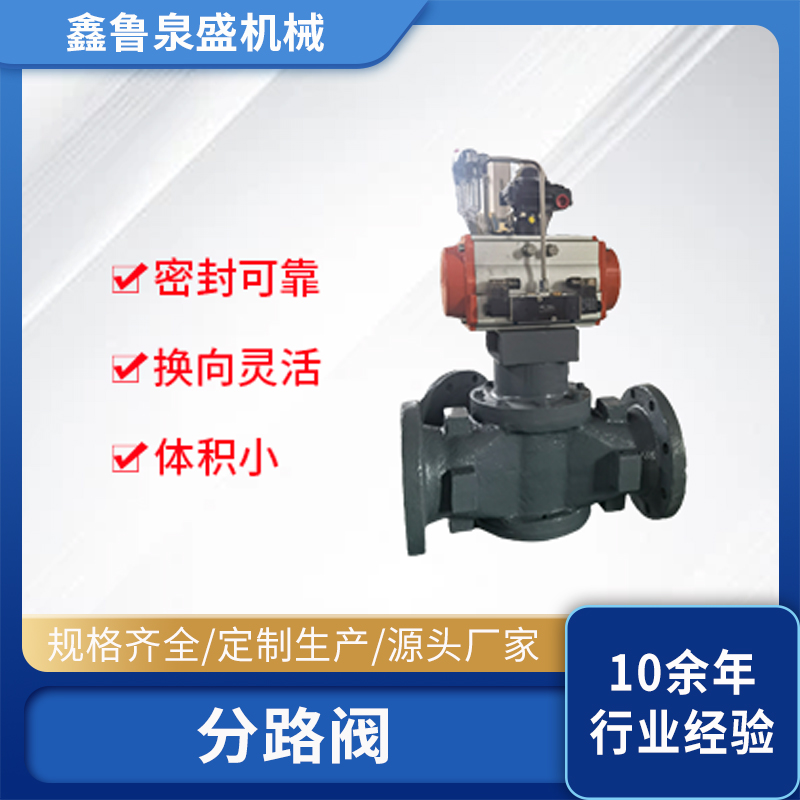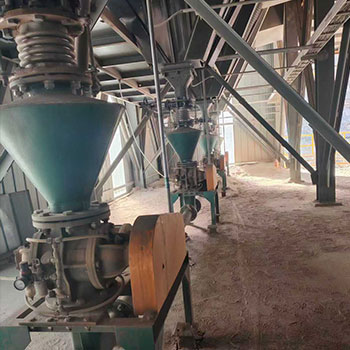 推薦消息更多>>
推薦消息更多>>氣力輸送廠家:氣力輸送系統全方位保養與維護手冊
- 來源:http://www.carrieunderwood.cn/ 日期:2025-08-30 發布人:創始人
氣力輸送系統概述與維護的重要性
Overview of pneumatic conveying system and the importance of maintenance
1.1 氣力輸送基本原理
1.1 Basic principles of pneumatic conveying
氣力輸送是利用空氣(或其他氣體)作為動力介質,在密閉管道內沿氣流方向輸送粉狀、粒狀等散裝物料的技術。根據物料在管道內的濃度和輸送速度,主要分為兩大類:稀相輸送 (Dilute Phase Conveying):?特點是物料在管道內呈懸浮狀態,以較高的速度(通常 > 18 m/s)和較低的固氣比(物料與氣體質量比,通常 < 15)進行輸送。系統壓力或真空度相對較低。稀相輸送適用于大多數非磨蝕性、不易破碎的粉粒體物料,具有輸送量大、距離遠的特點。濃相輸送 (Dense Phase Conveying):?特點是物料在管道內呈栓狀、團狀或流化床狀態,以較低的速度(通常 < 10 m/s)和極高的固氣比(通常 > 30)進行輸送。系統需要較高的氣體壓力。濃相輸送能耗較低,管道磨損小,物料破碎率低,特別適用于磨蝕性強、易破碎、高密度或混合物料的輸送。
Pneumatic conveying is a technology that uses air (or other gases) as a power medium to transport bulk materials such as powders and granules along the direction of airflow in a closed pipeline. According to the concentration and conveying speed of materials in the pipeline, they are mainly divided into two categories: dilute phase conveying:? The characteristic is that the material is suspended in the pipeline and transported at a high speed (usually>18 m/s) and a low solid to gas ratio (material to gas mass ratio, usually<15). The system pressure or vacuum degree is relatively low. Dilute phase conveying is suitable for most non abrasive and difficult to break powder materials, with the characteristics of large conveying capacity and long distance. Dense Phase Conveying:? The characteristic is that the material is in the form of plugs, clumps, or fluidized beds in the pipeline, transported at low speeds (usually<10 m/s) and extremely high solid to gas ratios (usually>30). The system requires a high gas pressure. Dense phase conveying has low energy consumption, minimal pipeline wear, and low material crushing rate, making it particularly suitable for conveying highly abrasive, easily broken, high-density, or mixed materials.
1.2 系統維護的必要性與價值
1.2 The necessity and value of system maintenance
一套設計精良的氣力輸送系統也需要依賴于嚴格的維護計劃才能發揮其最大效能。忽視維護將直接導致以下問題:生產中斷:?設備突發故障,如管道堵塞、供料器卡死等,將直接導致生產線停工,造成巨大的經濟損失。運營成本增加:?管道和設備的磨損加劇、空氣泄漏導致能源消耗增加、備件頻繁更換等,都將推高運營成本。物料損耗與質量下降:?系統密封不嚴會導致物料泄漏;不穩定的輸送過程可能導致易碎物料的破碎率增高,影響產品質量。安全與環境風險:?粉塵泄漏不僅污染工作環境,對于可燃性粉塵,還可能引發粉塵爆炸等嚴重安全事故。設備故障也可能對操作人員構成安全威脅。因此,建立并執行一套系統化、標準化的保養與維護規程,是保障氣力輸送系統高效、經濟、安全、可靠運行的核心。
A well-designed pneumatic conveying system also relies on a strict maintenance plan to maximize its efficiency. Neglecting maintenance will directly lead to the following problems: production interruption:? Sudden equipment malfunctions, such as pipeline blockages, stuck feeders, etc., will directly cause the production line to shut down, resulting in huge economic losses. Increased operating costs:? The increased wear and tear of pipelines and equipment, air leaks leading to increased energy consumption, and frequent replacement of spare parts will all drive up operating costs. Material loss and quality decline:? Poor sealing of the system can lead to material leakage; Unstable conveying processes may increase the breakage rate of fragile materials, affecting product quality. Safety and environmental risks:? Dust leakage not only pollutes the working environment, but also may cause serious safety accidents such as dust explosions for combustible dust. Equipment failures may also pose a safety threat to operators. Therefore, establishing and implementing a systematic and standardized maintenance and upkeep procedure is the core to ensure the efficient, economical, safe, and reliable operation of pneumatic conveying systems.
本文由 氣力輸送系統 友情奉獻.更多有關的知識請點擊 http://www.carrieunderwood.cn/ 真誠的態度.為您提供為全面的服務.更多有關的知識我們將會陸續向大家奉獻.敬請期待.
This article is a friendly contribution from the pneumatic conveying system For more related knowledge, please click http://www.carrieunderwood.cn/ Sincere attitude To provide you with comprehensive services We will gradually contribute more relevant knowledge to everyone Coming soon.
- 上一篇: 倉泵廠家:倉泵料倉下料口堵料的處理方法:
- 下一篇: 羅茨風機:制氧羅茨風機振動故障處理實踐
Related news相關新聞
- 2025-09-19 負壓氣力輸送:現代工業清潔、高效的物料輸送方式
- 2025-09-18氣力輸送中旋轉供料器的作用以及在不同行業中的應用
- 2025-09-16氣力輸送系統中正壓和負壓的優缺點對比
- 2025-09-16羅茨風機典型應用都有哪些
- 2025-09-15三葉羅茨風機的振動發熱異響故障處理分析
- 2025-09-13一文講解氣力輸送旋轉供料器維修干貨
- 2025-09-08羅茨風機:制氧羅茨風機振動故障處理實踐
- 2025-08-30氣力輸送系統:核心設備組件的保養與維護詳解
- 2025-08-30氣力輸送廠家:氣力輸送系統全方位保養與維護手冊
- 2025-08-24倉泵廠家:倉泵料倉下料口堵料的處理方法:












 掃碼微信溝通
掃碼微信溝通